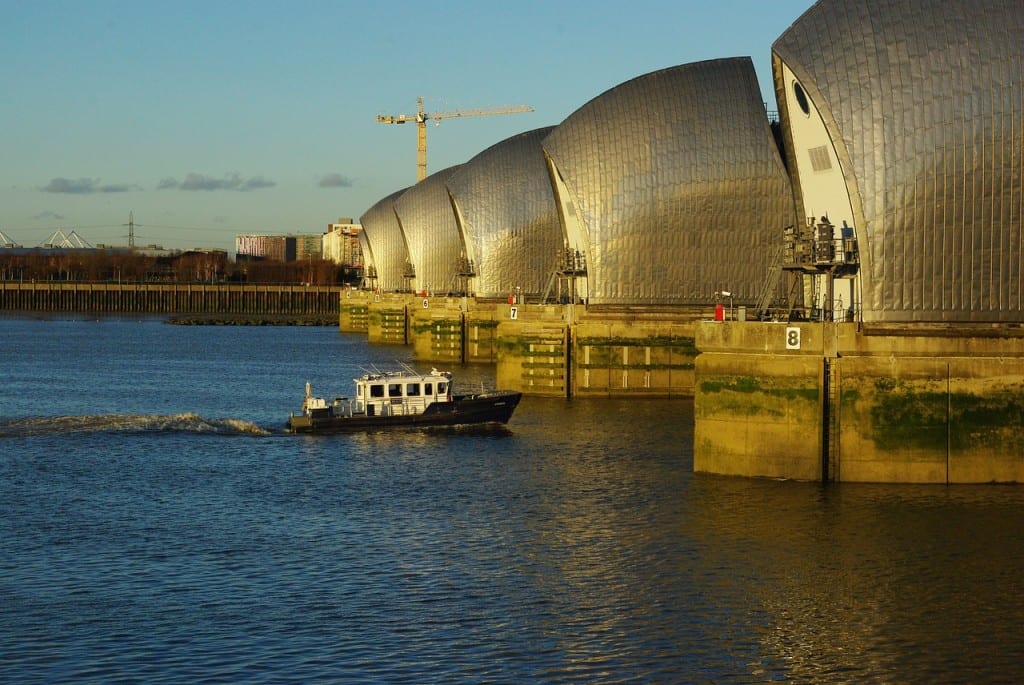The headlines are now so familiar to us all; it seems that almost annually we are greeted with news of terrible flooding in areas across the UK. These reports are accompanied by pictures of flooded homes, ruined businesses and desperate families without shelter. Most recently we have experienced the wettest December on record. Environment Secretary Elizabeth Truss addressed the Commons earlier this month, informing them that a staggering 16,000 houses had been flooded in England in December alone.
Is this extreme weather something that is becoming more and more of a problem? Scientists believe so, and argue that this is largely down to global warming. For instance, The Guardian reports that teams at Oxford University and the Royal Netherlands Meteorological Institute have said that climate change has increased the likelihood of flooding by 40%, with the chance of flooding now increasing to an estimate ranging between 5% and 80%. Furthermore, the UK Climate Projections of 2009 predicted that the UK will see sea levels rise somewhere between 13cm and 76cm by 2095. This is the direct result of global warming.
Nevertheless, global warming is not the sole cause of flooding. Many other causes have been cited, including excessive building on floodplains, a lack of dredging, the destruction of upland habitats and ineffective flood defenses. Under the Conservative-Liberal Democrat coalition, the budget for flood defenses was slashed by 8%. Furthermore, the Environmental Agency said the budget had effectively been cut by a staggering 27% in cash terms. This is shocking, as funding for flood defenses is effectively being reduced while the likelihood of flooding is ever-increasing.
This increased flood risk is having an impact on urban drainage and development more generally. A major issue here is pluvial flooding, otherwise known as surface water flooding caused by heavy rainfall. This is the type of flooding that occurs in urban areas when the drainage system is overwhelmed by rainfall which is too excessive for it to process. This type of flooding is particularly hazardous, as it can occur extremely quickly with little warning. Furthermore, it often happens in areas that are not ordinarily prone to flooding, meaning that neighborhoods are often entirely unprepared for this possibility. This pluvial flooding is one of the key hazards faced by modern urban areas; indeed, it is in urban areas that this type of flooding causes the most damage.

Teams at Imperial College London are conducting research into the links between climate change and pluvial flooding. They are using three European cities as case studies, including London. The Greater London area is at particular risk from flooding, due to the high concentration of people, an expanding population, and the existence of impermeable London clay. It is hoped that research such as this will help to identify new tools, strategies, and solutions to combat the increased flooding risk caused by global warming. Another hope for tackling these problems came with the recent UN meeting in Paris, at which 195 countries committed to limiting their temperature increase to well below 2%. Experts are hopeful that, is adhered to, these commitments can avoid many potential disasters in the future.
About The Author
Fraser Ruthven is the Marketing Associate for London Drainage Facilities, one of London’s leading drainage companies. London Drainage provides a wide range of drainage diagnostic and repair services in and around London.


